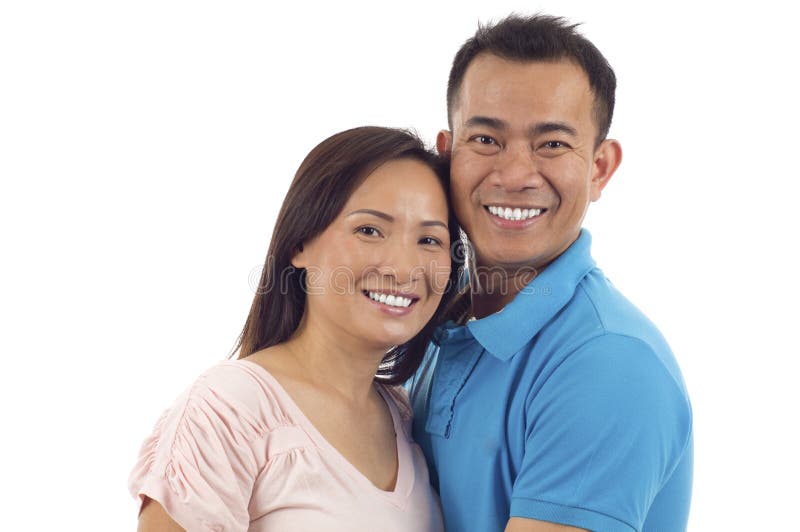- 2023-11-06
- Posted by: 合傑
- Category: Online dating
Eastern marriages frequently consist of enormous cultural extravaganzas brimming with metaphor and custom. Many Asiatic ceremonies are full of symbolic meaning, from the food to the decorations and rituals. The characters that are most frequently used at Eastern wedding rites are discussed in this article https://books.google.fr/books?id=zUyMAAAAQBAJ&pg=PA85&lpg=PA85&dq=love&source=bl&ots=QilOxRwC1Q&sig=ACfU3U2wDfMBkiMibgNoG-9MoywdXQ5OEA&hl=en.
One of the most well-known Asian wedding symbol meanings is definitely the Double Delight symbol (
The dragons and falcon, another common mark at Asiatic weddings, represent success for the groom and excellent health to the bride. They are also common characters that the partners dating a chinese girl wears embroidered on their clothes and in their mane as a sign of their love for one another.

Another popular Asian bridal symbol is the lotus flower, which conjures feelings of grace, survival, and respect. It is frequently used as an gate decoration and bridal sashaying. Rice balls are another traditional wedding meal that represents wealth and joy.
Additionally, it’s a common tradition at Eastern weddings to assist the newlyweds ‘ parents and elders reddish teas and longans, almonds, or jujube fruit during the tea ceremony. This is a token of appreciation and respect for the kids’ sacrifice and hard labor in raising the new couple. The jujube fruit connotes wealth and prosperity, whereas the longans and peanuts are lucky because the word for longan is similar to the term wen jie, which means happy career, and the term for peanuts sounds like it.
